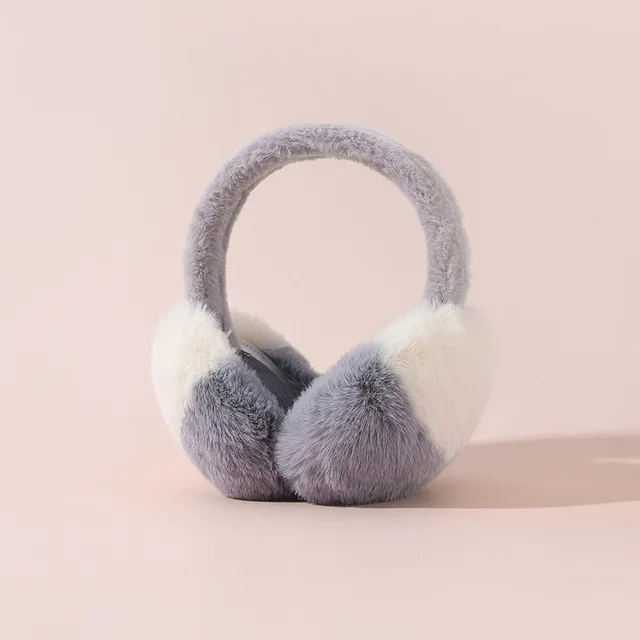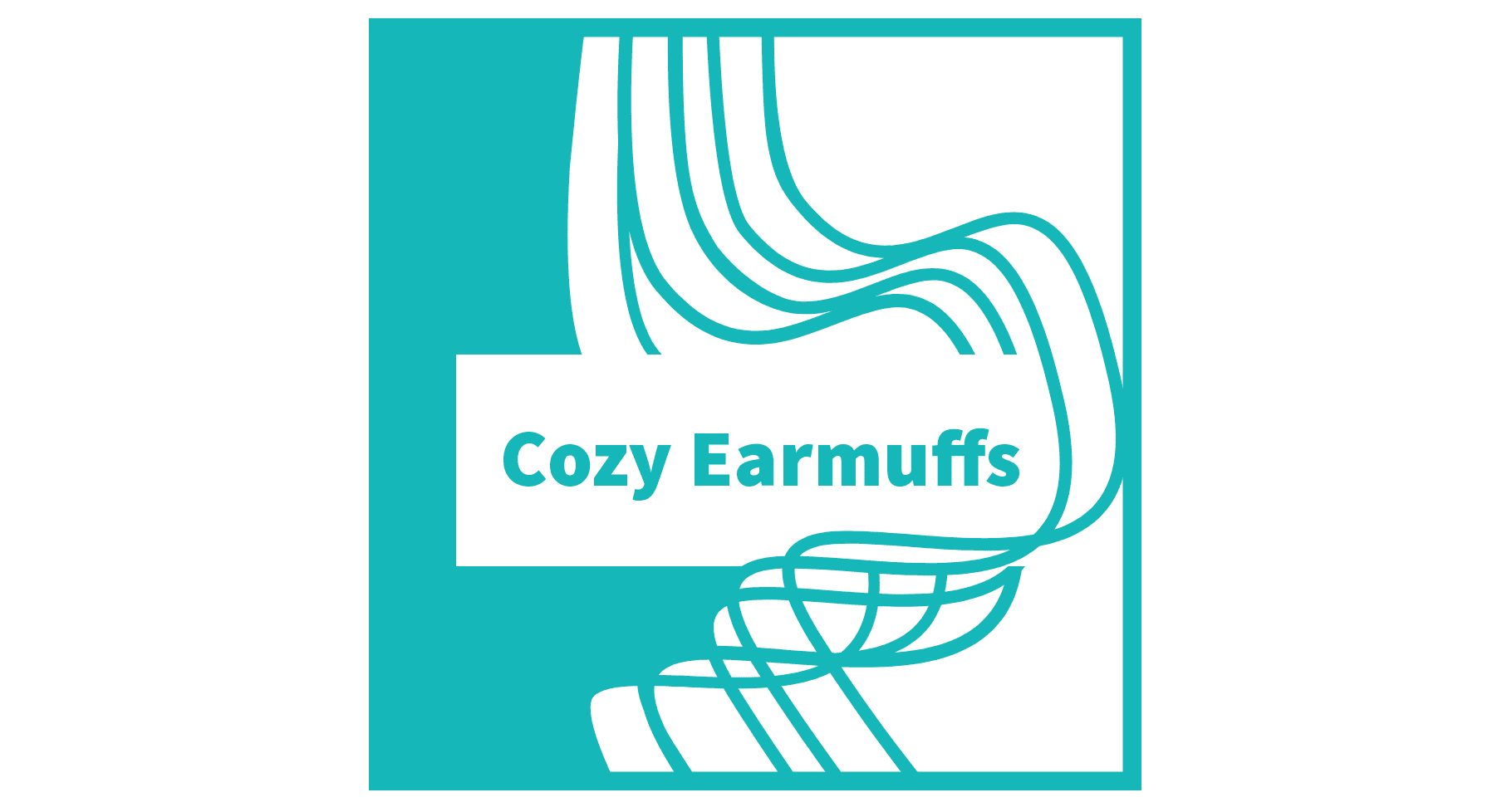
Introduction
Earmuffs are a practical and stylish accessory designed to keep your ears warm and protected from the cold. Whether you’re braving the winter chill or simply looking for a fashionable addition to your winter wardrobe, these offer a perfect blend of functionality and style. In this comprehensive guide, we’ll explore the history, types, benefits, and tips for choosing and caring for covers, ensuring you stay cozy and chic throughout the colder months.
History of Earmuffs
The invention of it dates back to 1873 when Chester Greenwood, a 15-year-old from Farmington, Maine, designed the first pair to protect his ears from the freezing cold while ice skating. Greenwood’s invention quickly gained popularity, and he patented his design in 1877. Over the years, these have evolved in design and materials, becoming a staple winter accessory for people of all ages.
Types of Earmuffs
- Thermal Earmuffs
- Description: Designed primarily for warmth, these feature insulating materials like fleece or faux fur.
- Design: Often have a simple, plush design with a headband or adjustable band.
- Use: Ideal for outdoor activities in cold weather, such as skiing, snowboarding, or daily commuting.
- Acoustic Earmuffs
- Description: Also known as ear defenders, these earmuffs are designed to protect ears from loud noises.
- Design: Feature sound-dampening materials and a secure fit to block out harmful noise levels.
- Use: Commonly used in industrial settings, shooting ranges, and by individuals seeking noise reduction.
- Fashion Earmuffs
- Description: Focus on style and aesthetics while providing warmth.
- Design: Available in various colors, patterns, and embellishments, such as sequins, bows, and animal prints.
- Use: Perfect for adding a fashionable touch to winter outfits.
- Electronic Earmuffs
- Description: Equipped with electronic features such as Bluetooth connectivity, microphones, and speakers.
- Design: Often include built-in controls for adjusting volume and answering calls.
- Use: Ideal for tech-savvy individuals who want to listen to music or take calls while keeping their ears warm.
- Children’s Earmuffs
- Description: Designed specifically for kids, featuring smaller sizes and fun, playful designs.
- Design: Often include bright colors, cartoon characters, and adjustable bands for a secure fit.
- Use: Great for keeping children’s ears warm during outdoor play in winter.
Benefits of Earmuffs
- Warmth and Protection
- Insulation: Earmuffs provide excellent insulation, keeping your ears warm and protected from the cold.
- Wind Protection: They shield your ears from harsh winds, preventing discomfort and potential earaches.
- Comfort and Convenience
- Lightweight: These are generally lightweight and comfortable to wear for extended periods.
- Adjustable Fit: Many designs feature adjustable bands, ensuring a secure and comfortable fit for all head sizes.
- Versatility
- Fashionable: Available in a wide range of styles, these can complement various winter outfits.
- Functional: Whether for warmth, noise protection, or tech features, there’s a pair of it to suit every need.
- Health Benefits
- Prevent Ear Infections: Keeping your ears warm can help prevent ear infections caused by cold weather exposure.
- Reduce Noise-Induced Hearing Loss: Acoustic earmuffs protect your ears from harmful noise levels, reducing the risk of hearing damage.
How to Choose the Right Earmuffs
- Purpose
- Warmth: If warmth is your primary concern, choose thermal or fashion covers with plush, insulating materials.
- Noise Protection: For environments with loud noises, opt for acoustic covers designed to reduce sound levels.
- Technology: Consider electronic earmuffs if you want to listen to music or take calls while wearing them.
- Material
- Fleece: Soft and warm, ideal for thermal and fashion covers.
- Faux Fur: Provides a luxurious look and excellent insulation.
- Synthetic Blends: Durable and often used in acoustic and electronic covers for added functionality.
- Fit and Comfort
- Adjustable Band: Look for earmuffs with an adjustable band to ensure a secure and comfortable fit.
- Padding: Ensure these have sufficient padding around the ears for added comfort.
- Style
- Color and Pattern: Choose covers that match your personal style and winter wardrobe.
- Design Elements: Consider additional design elements like bows, sequins, or animal prints for a fun and stylish look.
- Durability
- Quality Construction: Check for sturdy construction and durable materials to ensure your earmuffs last through multiple seasons.
- Brand Reputation: Opt for reputable brands known for producing high-quality covers.
How to Wear Earmuffs
- Casual Wear
- Daily Commute: Pair thermal or fashion covers with your winter coat and boots for a cozy and stylish look.
- Outdoor Activities: Wear it during outdoor activities like walking, hiking, or ice skating to keep your ears warm and protected.
- Sports and Fitness
- Winter Sports: Choose thermal earmuffs that fit snugly under a helmet for activities like skiing and snowboarding.
- Running: Opt for lightweight and breathable covers to keep your ears warm during winter runs.
- Noise Protection
- Work Environment: Wear acoustic covers in noisy work environments to protect your ears from loud sounds.
- Shooting Range: Use acoustic covers designed for shooting sports to reduce noise exposure.
- Tech-Savvy Wear
- Listening to Music: Wear electronic earmuffs with Bluetooth connectivity to enjoy music or podcasts while staying warm.
- Hands-Free Calls: Use electronic covers with built-in microphones to take calls without removing them.
Care and Maintenance of Earmuffs
- Cleaning
- Hand Wash: For thermal and fashion covers, hand wash with mild detergent and cold water. Avoid soaking or scrubbing vigorously.
- Wipe Down: Clean acoustic and electronic earmuffs with a damp cloth, avoiding excessive moisture near electronic components.
- Drying
- Air Dry: Lay it flat to dry or hang them up, avoiding direct sunlight or high heat sources.
- Avoid Tumble Drying: High heat can damage materials and electronic components.
- Storage
- Proper Storage: Store it in a cool, dry place, and avoid crushing them to maintain their shape and functionality.
- Protective Case: Use a protective case for electronic covers to prevent damage during storage and transport.
Conclusion
Earmuffs are a versatile and practical accessory that can keep your ears warm, protect against noise, and add a stylish touch to your winter outfits. By understanding the different types, benefits, and how to choose, wear, and care for covers, you can make the most of this essential winter accessory. Embrace the warmth, comfort, and style that these offer, and enjoy the colder months with cozy and protected ears.


